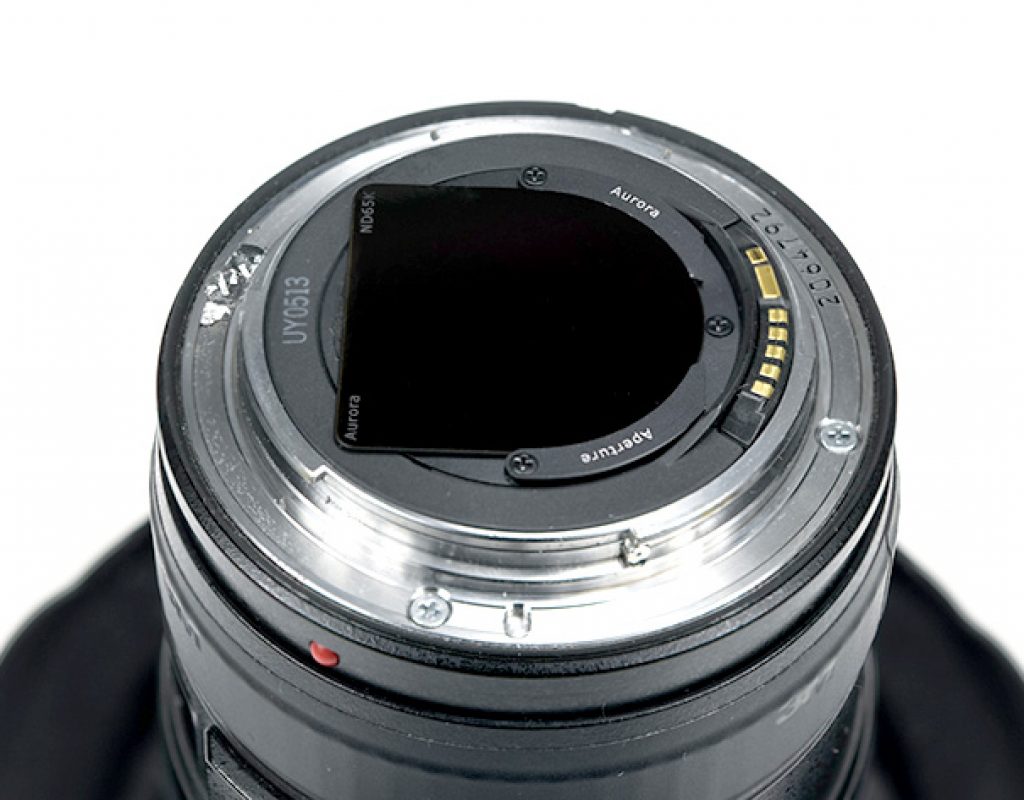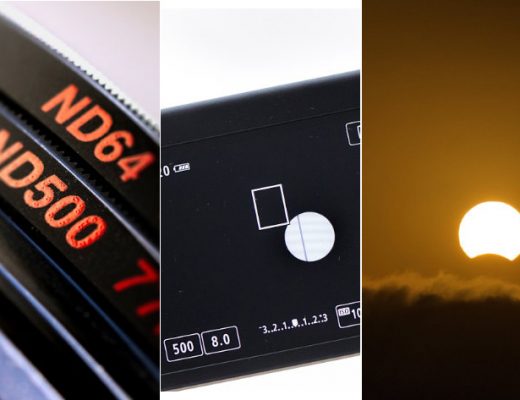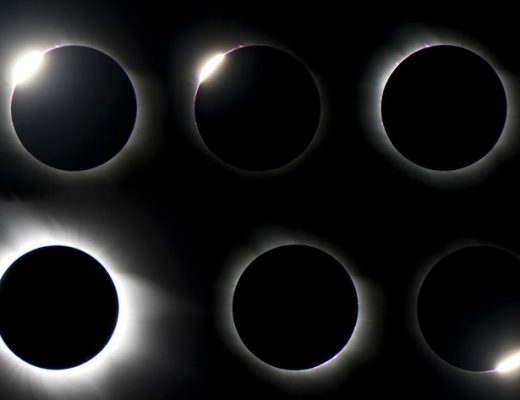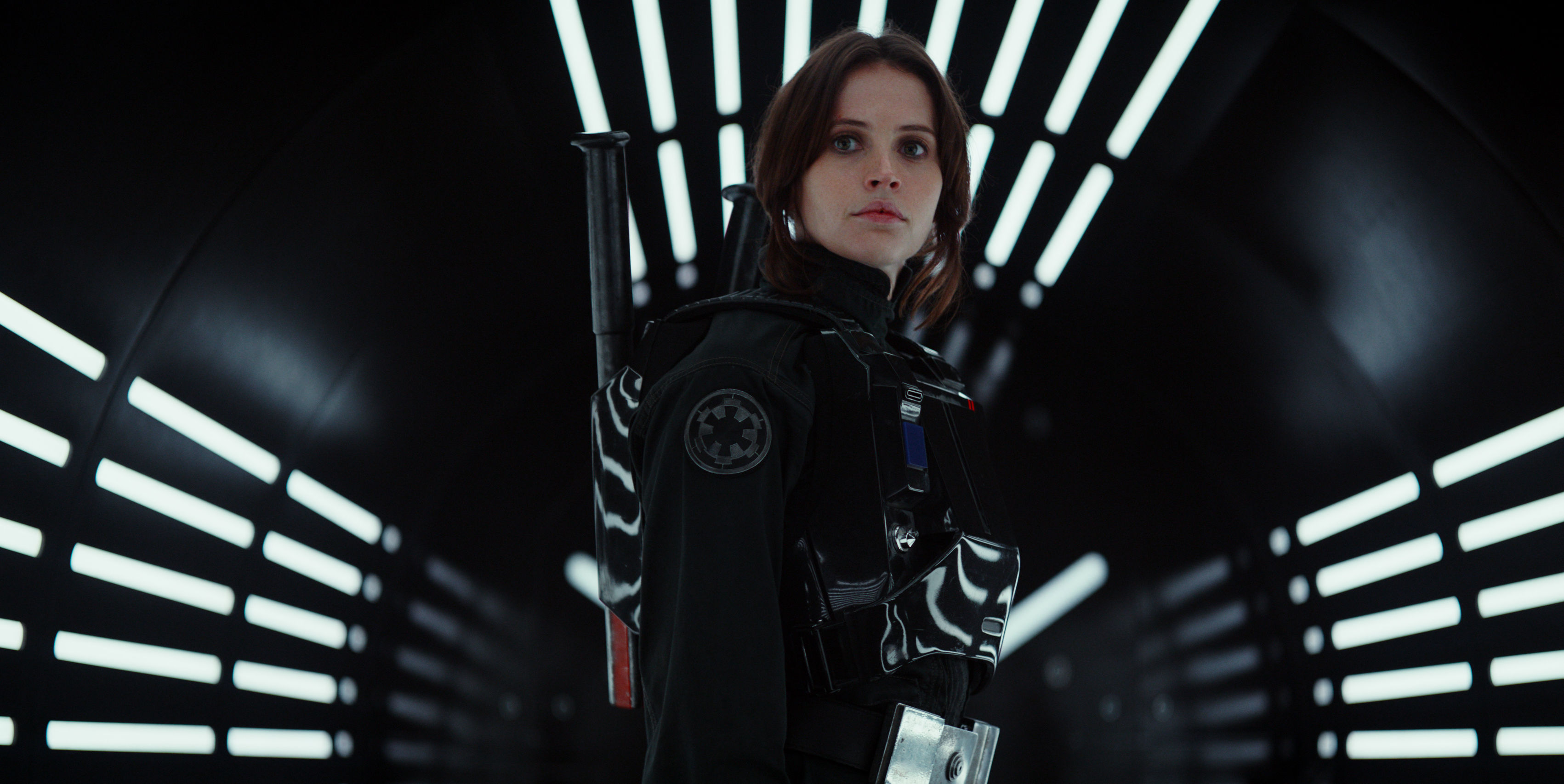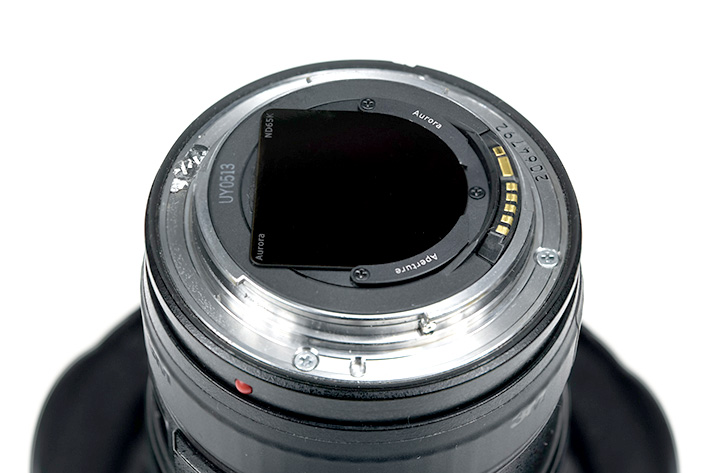
The new Kickstarter campaign for the PowerND family of high quality fixed neutral density (ND) filters from Aurora Aperture is almost finished, but the company continues to surprise backers.
There is a growing interest in Neutral Density filters for both photography and video, and companies continue to introduce new products, some of them extending the light reduction capability usually available. One such example is the recently announced PowerND family of filters from Aurora Aperture, which consists of three ratings: the common ND64 (6 stops), the not so common ND4000 (12 stops), and the “over the top”, if we can call it, ND65000 (16 stops).
It’s an interesting evolution that expands, especially considering the higher values, the realm of what is possible to achieve in photography, where these filters make more sense. Video shooters will be happy with the more common values of ND8 (3 stops) and ND64, sometimes up to ND500 (9 stops), while some may even consider variable ND filters, which can be adjusted from anything to ND8 to ND500 and beyond.
Photographers, on the other hand, will go to extremes, a trend that explains why companies are creating products that make the Lee Big Stopper, which was a reference for extra light reduction at 10 stops, seem “normal”. Even Lee felt the need to create a Super Stopper, which goes all the way up to 15 stops.
Now Aurora Aperture takes the ND experience one stop further, with the ND65000 (16 stops) announced as part of the Kickstarter campaign launched in April and about to end this May. The crowdfunding project, with a $5,000 goal, has pledged close to $30,000 from over 200 backers, with still 11 days to go. The support received made it possible for Aurora Aperture to add stretch goals to the project.
One of the additions to the campaign extends the initial use of the Aurora CR filters beyond the initial Canon EF 11-24mm F4L USM. The Aurora CR is an industry first: a small rear mount filter using Gorilla Glass for the Canon EF 11-24mm F4L USM. Users of extreme wide-angle lenses have a problem with filters, as they need filters with an extremely large diameter, up to 186mm, for their lenses. These lenses usually have a filter adapter on the back of the lens, the problem being that there is not much, in terms of offer.
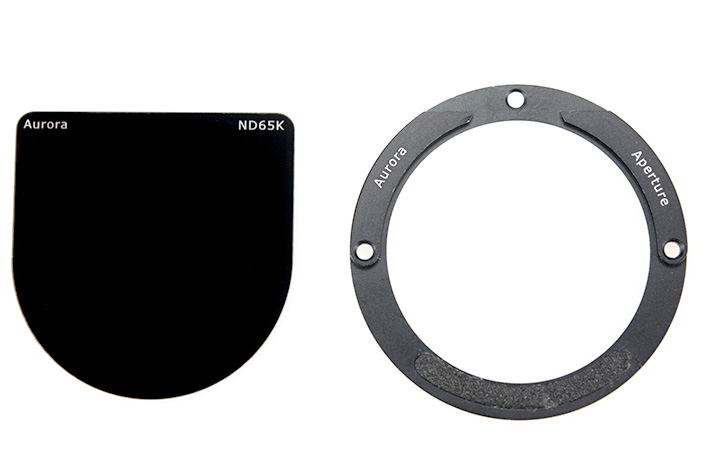
The Aurora CR format filter mounts in the rear of the lens, making it much easier to carry and lower in cost. Other Canon lenses that Aurora CR format filter can be used in are the EF 8-15mm f/4L Fisheye, EF 11-24mm F4L USM, EF 14mm f/2.8L US, EF 15mm f/2.8 Fisheye, EF 16-35mm f/2.8L USM, and EF 17-40mm f/4L USM. The company announced recently the addition of the Irix Canon mount lens support with the Aurora CR filters. A slightly modified CNC milled adapter is being developed for the Irix 15mm f/2.4 and it will be compatible with the Aurora CR filters. A slightly modified CNC milled adapter is being developed for the Irix 15mm f/2.4 and it will be compatible with the Aurora CR filters.
Aurora Aperture says that the Aurora CR filters may also be compatible with the newly announced Irix 11mm f/4, and adds that “we are also exploring possibility of adding rear mount adapter to the Nikon F mount. It is too early to tell how this will be implemented and we will not have the Nikon F mount adapter ready before this Kickstarter project is over. We will keep you posted when we have major progress.”
Back to the PowerND family funded through Kickstarter, it will be available in four different formats: circular filters from 37mm to 95mm, 100 x 100mm square filters compatible with popular square filter adapters, 150mm circular filters with an adapter for the Nikon AF-S 14-24mm f/2.8G ED lens, and the already mentioned Aurora CR format, an industry first, a rear mount glass filter for extreme wide-angle lenses.
The 6 stop filter is typically used in low light conditions such as during sunrise or sunset for sub-second shutter speed. The 12 stop filter can slow down shutter speed to minutes in dusk and dawn conditions. The 16 stop filter can do magic on a bright day, allowing photographers to expose up to several minutes or more.
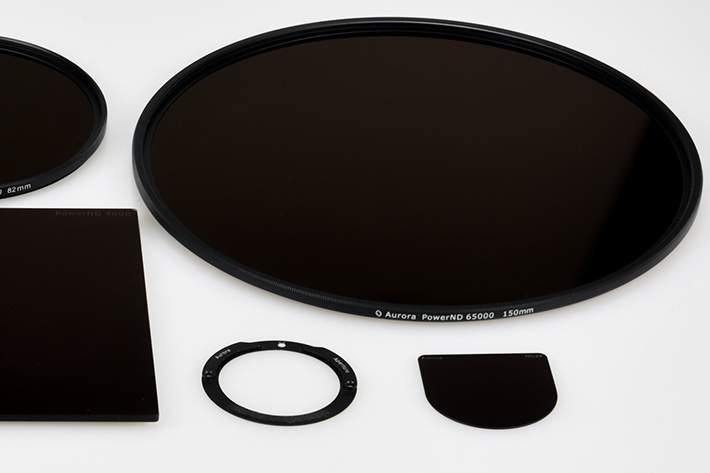
The ND4000 and ND65000 have distinct advantages in having more stops than the typical ND1000 or ND32000. They allow users to avoid diffraction softening by enabling users to avoid very small aperture settings or alternatively allowing for longer exposures. In the case of the PowerND 4000 that means two more stops than the typical ND1000 and for the Power ND65000 there’s one additional stop.
“We introduced a variable ND family last year and it was embraced by photographers and videographers worldwide,” said Jinfu Chen, founder and CEO of Aurora Aperture Inc. “the fixed ND family we introduce today is much more powerful in terms of light reduction capability and offers even better optical performance, along with more formats for different camera lenses.”
Designed in California by Aurora Aperture, the Aurora PowerND filters employ up to 128 layers of double sided nano coating in order to, says trhe company, achieve color accuracy and powerful light reduction capability. Hydrophobic and oleophobic coating is applied to filter surface with PFPE coating. The end result is that water droplet on the filter surface can maintain a static contact angle of 110 degrees, one of the best in the industry.
The Aurora PowerND family is now available through Kickstarter and to dealers and direct orders in August 2017. List price starts at US$42 and varies depending on filter format and size.

Filmtools
Filmmakers go-to destination for pre-production, production & post production equipment!
Shop Now